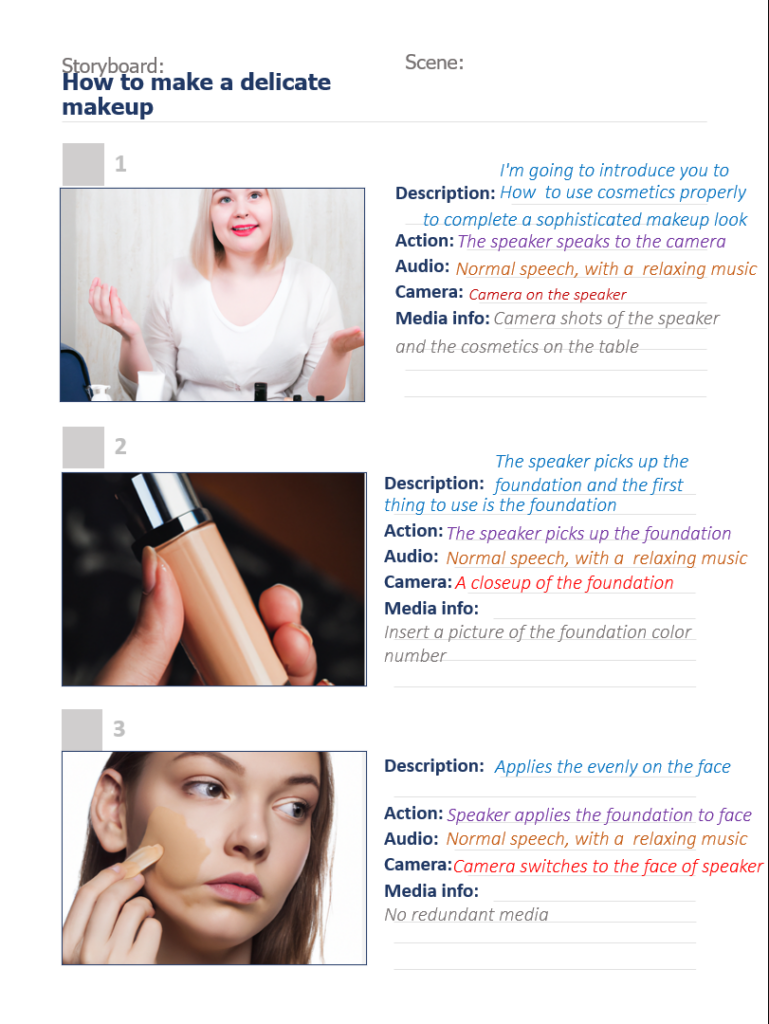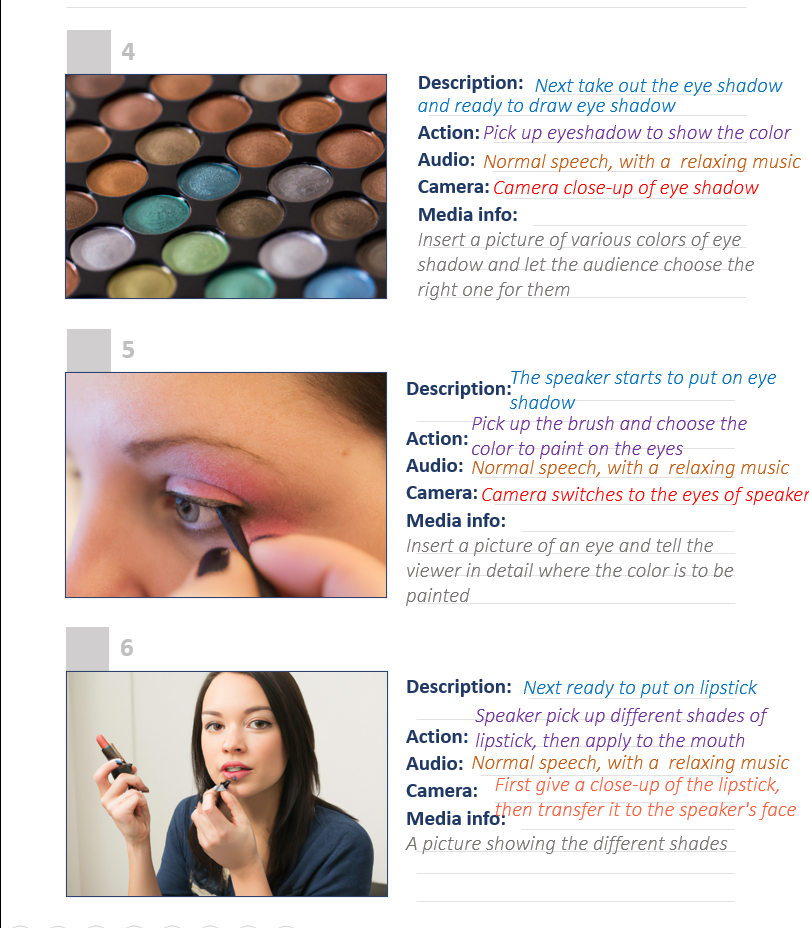Through this week’s course, I believe that practice and application are very important. Students want to really learn something, they have to actively participate and not just passively listen to the lecture. Students must actively think and participate. For example, in Historia, the students are connected to the class, the teacher, and the knowledge in a relaxed way. It makes the class more engaging, and it makes the students seriously and actively participate in it, which makes them more motivated and able to learn more.
In our academic life, students need to strike a good balance between active and passive learning. Active learning is learning that can be accomplished on one’s own without the need for supervision by others. Passive learning, on the other hand, is while the learning process is initiated by someone other than the learner. First of all, in the classroom, you should listen carefully and keep up with the professor’s thoughts so that you do not miss the real key points. At the end of class, it is important to complete the learning tasks and assignments assigned by the professor. Secondly, students should take responsibility for themselves and actively explore their knowledge without aiming to complete tasks. Be active and look for answers.
The most familiar and common way we teach is that the professor is talking and the students are listening, and this is the least effective way to learn. In Gonzalez’s blog, she recounts her children’s experience with passive learning in the classroom, and it resonated with me. I had a professor in an economics class who taught in this way, with very little interaction with the students throughout the class, and by the end of the class I had learned very little that I had actually learned. I had to spend my time outside of class and find some study materials online for active learning.
Just like in Game based learning, there are activities such as group discussion, practice, flexible application, and teaching activities. In these forms, students are the masters of their own learning, they take the initiative to think and work with their hands, and in the process, their comprehension, memory, judgment, problem-solving skills and creativity are exercised. I personally prefer the discussion, mini-projects, and Anticipation Guides approach to learning. This allows us to be fully engaged in our learning and gives me a sense of control over my learning, making complex knowledge clear little by little, which is a really good feeling!
Here is the interactive video I made, I used the one used by assignment 3, I hope it looks more helpful.
Reference:
Gonzalez J, (2018), To Learn, Students Need to DO Something, retrieved from: To Learn, Students Need to DO Something | Cult of Pedagogy






Recent Comments